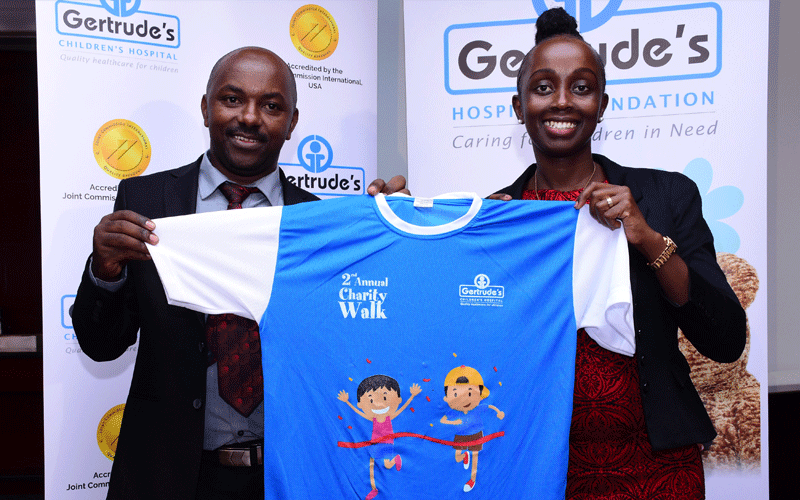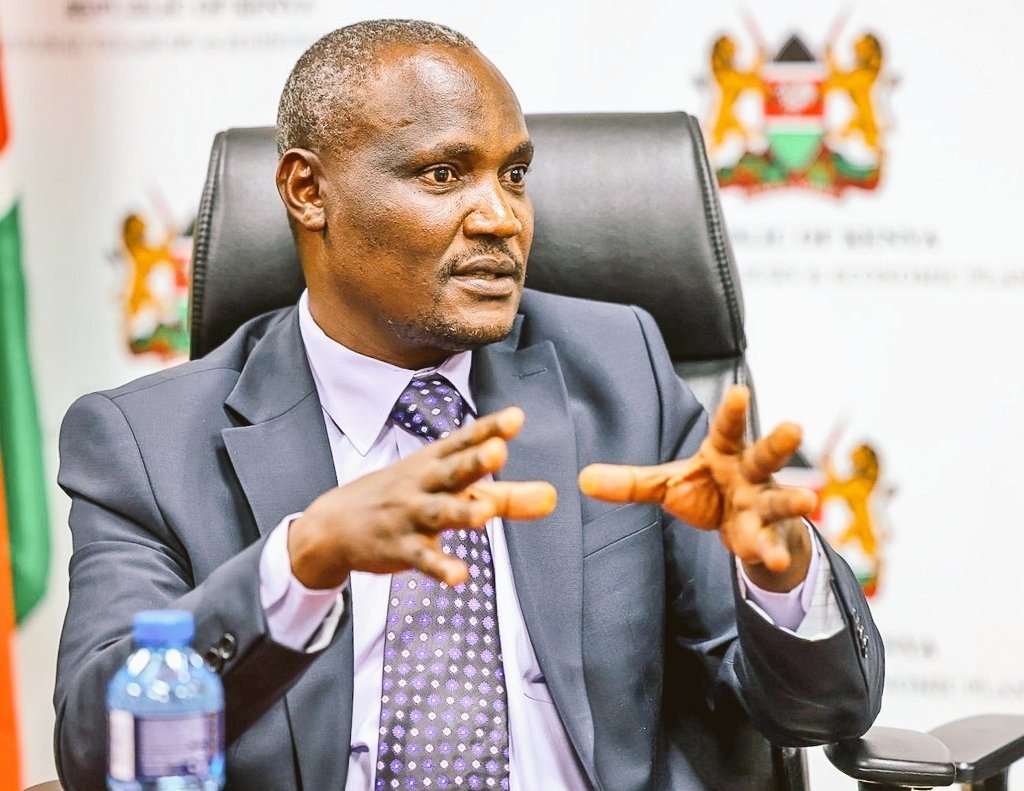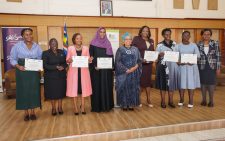3,000 children die of cancer in Kenya yearly, say experts

George Kebaso @Morarak
More than 3,000 children die of cancer in Kenya every year, specialists revealed yesterday.
National Cancer Institute (NCI) and children experts at the Gertrude’s Hospital also disclosed that the survival rate of children diagnosed with cancer is very low in Kenya compared to developed countries.
The specialists said one to two in 10 children survive cancer in Kenya compared to eight in 10 in the developed countries.
Kenya records about 3,200 new children cancer cases annually, with most of the diagnoses made at a late stage.
“This number could be higher considering there are many unreported and misdiagnosed cases,” said NCI chief executive officer Dr. Alfred Karagu.
Speaking at the Gertrude’s Hospital second annual Childhood Cancer Charity Walk, Karagu said cancer in children is very hard to diagnose as it manifests itself as symptoms of other diseases such as fever, vomiting, headaches and joint pains.
Most common
The walk, which will be held tomorrow, seeks to raise Sh10 million to improve cancer diagnosis and treatment in children.
Karagu said that between 1998 and 2008, child cancer cases accounted for 15 per cent of all cancer admissions at the Kenyatta National Hospital.
Kenya recorded 3,272 child cancer cases in 2018 with Leukaemia and Non-Hodgkin lymphoma (NHL) being the most common at 539 (16.5 per cent) and 489 (14.9 per cent), respectively.
“In 2018, there were 208 kidney-related cancers in children aged between 0-19 years; Nasopharynx 148 (4.5 per cent), Kaposi Sarcoma 140 (4.3 per cent), Hodghin lymphoma 137 (4.2 per cent), and 1,453 (44.4 per cent) other cancers,” Karagu said.
He attributed the rise in children cancers to the poor health system capacity in the country where there are only four paediatric oncologists, limited number of healthcare workers trained on paediatric cancer management and poor infrastructure.
“In addition, we only have two comprehensive paediatric cancer management centres in the public sector, limited number of diagnostic centres, among other challenges facing cancer control in Kenya,” he added.
Gertrude’s paediatric haematology specialist Dr Karimi Mutua also attributed the rising children cancer cases to poor funding of efforts to control the disease.
Suspicion index
“There is also the limited health expenditure in cancer control by governments and international stakeholders,” she said.
The medic also blamed strong bias towards infectious diseases, inadequate cancer research infrastructure, poorly coordinated advocacy efforts for political and social action, socio-cultural dimensions, health seeking behaviour, and stigma associated with cancer for the rise.
She said the hospital, in partnership with the NCI, was piloting a training programme for teachers, school nurses and other healthcare workers, to raise their suspicion index, in order to be able to do detect cancer in children early.
Mutua said cancer is usually not among the top diseases a healthcare provider or a parent considers for investigation.
“We will focus on flu or malaria and give medication for such a long time only to later find out it is cancer. This situation is made worse as we have no specialised children cancer centre in East Africa,” she added.
Tomorrow’s walk also seeks to train at least two teachers in primary schools neighbouring Gertrude’s Children’s Hospital clinics, sensitise frontline health workers and lab technicians on the early signs of cancer in children and provide treatment to children from needy backgrounds who are diagnosed with cancer.
Four times
“This initiative is driven by the fact that with appropriate early diagnosis and treatment protocols that are risk and response adapted, more than 80 per cent of children with cancer can be cured and given an opportunity to live a normal life,” said Gertrude’s Hospital Foundation manager Dr Carol Waweru.
The World Health Organisation lists cancer as a leading cause of death in children. Children with cancer in low-and middle-income countries are about four times more likely to die of cancer than children in high-income countries.












